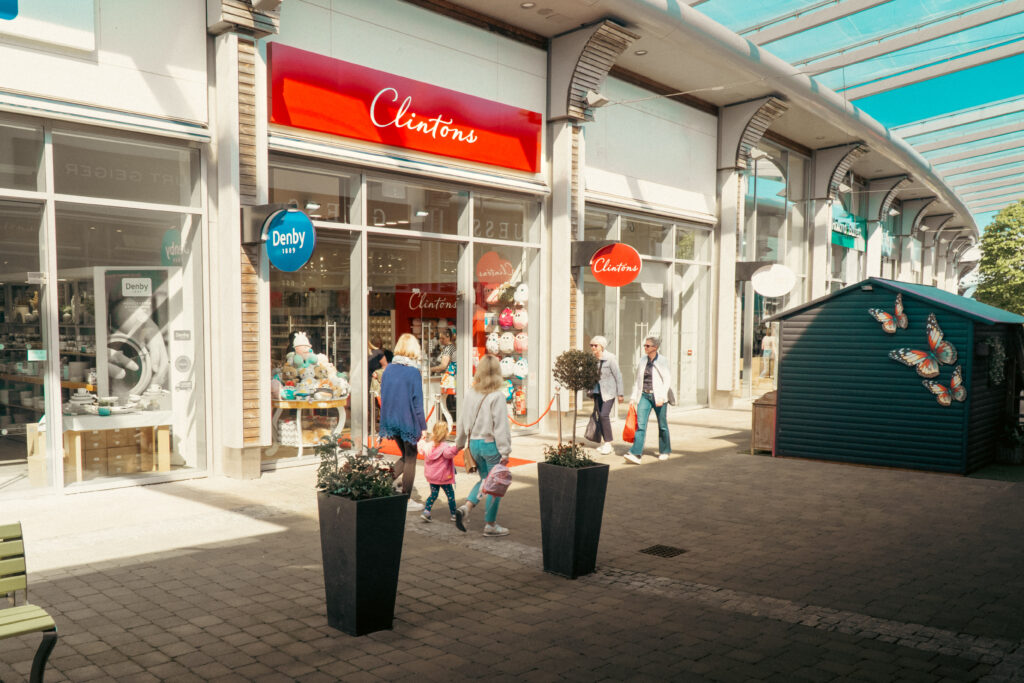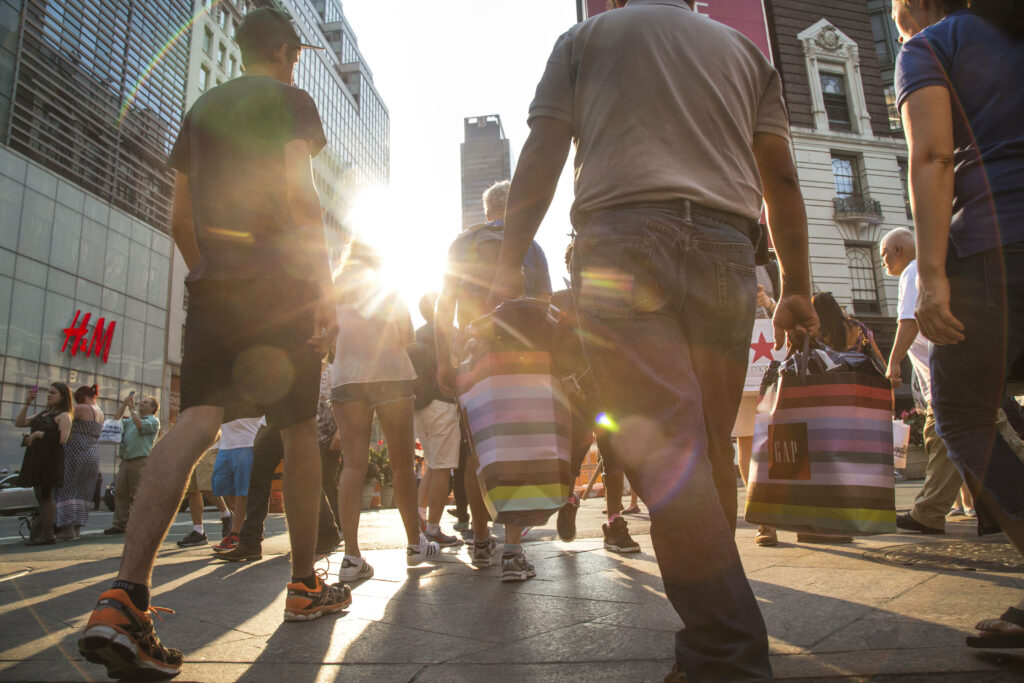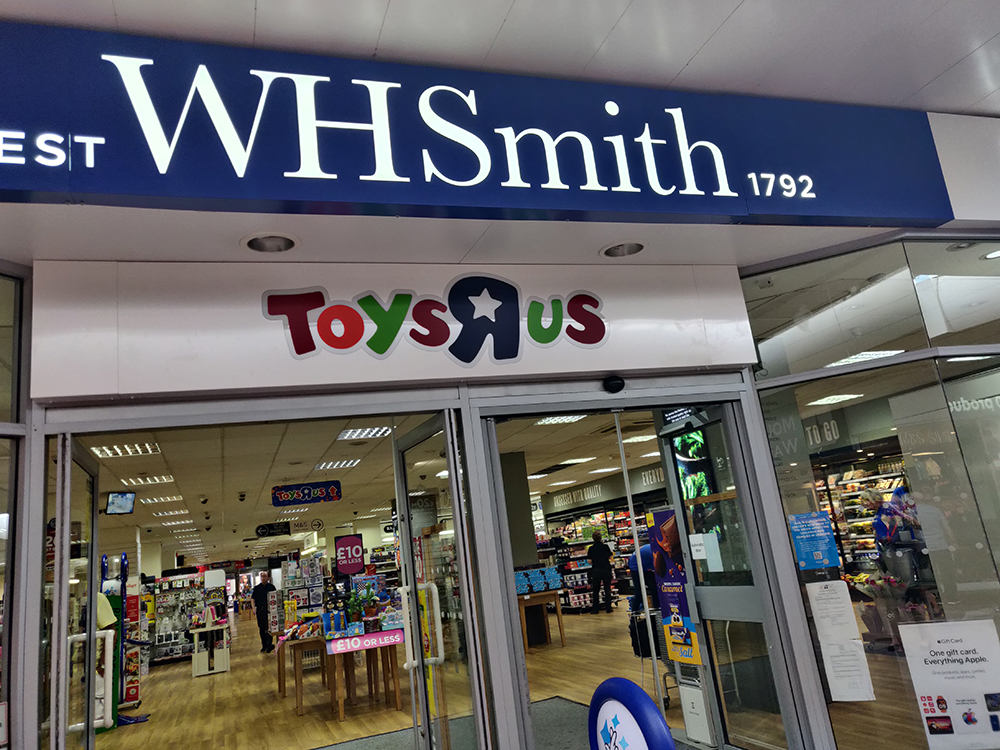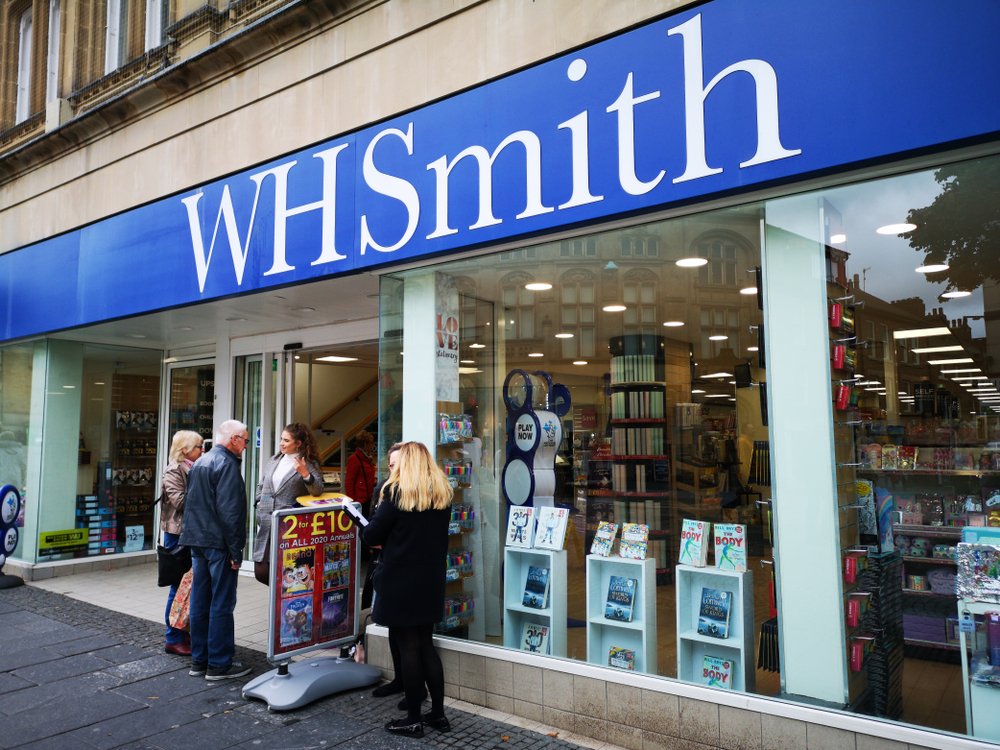// January retail sales bounces back with 1% growth after grim December of 0.7% decline
// Year-on-year, January sales grew 4.2% – the biggest annual increase since December 2016
// Both figures are well above analyst predictions
UK retail sales made a strong comeback in January as clothing discounts attracted shoppers, defying a slowing trend of consumer spending ahead of Brexit.
Retail sales rose by one per cent in January following a 0.7 per cent decline in December, according to the Office for National Statistics (ONS)
The rise was well above analyst expectations of a more modest growth of 0.2 per cent.
On a year-on-year basis, retail sales were 4.2 per cent higher in January, marking the biggest annual rise since December 2016.
READ MORE:
- January inflation falls below targets (ONS)
- Retail vacancy rate climbs to 9.9% as January footfall declines
- BRC cautiously welcomes January retail sales uptick
- Brits’ “wait & see” attitude keeps consumer confidence low
- January shop price inflation edges up to highest rate since 2013 (BRC-Nielsen)
- Online retail sales growth in December hits all-time low
- Grocery post-Christmas sales grow amid Veganuary boom
This also outstripped almost all analyst forecasts that pointed to an average reading of 3.4 per cent year-on-year growth.
“Clothing stores saw strong sales, luring consumers with price reductions, with food sales also growing after a slight dip after Christmas,” ONS statistician Rhian Murphy said.
The figures come after the UK’s economy slowed dramatically in the last few months of 2018 amid ongoing economic uncertainty around Brexit, which is due to happen at the end of March.
However, the data today suggests that consumer spending remains resilient despite overall prices increasing 0.4 per cent year-on-year – although this was the lowest increase since November 2016.
The 0.9 per cent fall in clothing prices – the biggest drop since August 2016 – may have also played a part in fuelling consumer spend.
The ONS said clothing sales on this measure grew 5.5 per cent, the largest since September 2017, while food sales returned to the strong growth experienced in the summer months at 3.2 per cent.
Looking at the three months to January compared with a year ago, ONS said retail sales growth picked up to a six-month high of 3.5 per cent compared to 2.9 per cent in December.
However, the ONS said online sales as a total of all retailing decreased to 18.8 per cent in January, compared to 19.8 per cent last December.
Nonetheless, ONS’s data backs up recent figures from the BRC and KPMG that showed retailers had enjoyed the fastest sales growth in seven months following the one of the worst Christmas trading periods on record – although this was cautiously welcomed given the economic climate.
Other recent figures showed wages were picking up after years of stagnation.
“The new year brought a bit of cheer to retailers, after a dismal Christmas,” BRC head of insights Rachel Lund said of today’s ONS figures.
“With the school holiday extending longer into January this year and bargain hungry consumers drawn to discounts, retailers saw an uplift in spending.
“While this is positive news, few believe we are seeing the beginning of a turnaround in the fortunes of the industry: the discounts which drew shoppers into stores won’t last forever and with uncertainty surrounding Brexit weighing on consumer confidence, once the period of seasonal promotions is over, households are likely to remain cautious with their spending.”
Manu Tyagi, associate partner, at Infosys Consulting said today’s surprising results showed that the lines between online and offline retailer were becoming increasingly blurred.
“Ultimately, both online and in-store sales are important revenue streams for retailers today” he said.
“And it’s the retailers who focus on an omnichannel approach across in-store and online that are reaping the rewards.”
He added: “Frankly, UK retail is in the middle of a reinvention whereby the fittest, who are adapting to new consumer preferences, are the ones surviving and even thriving.”
Meanwhile, Duncan Brewer, partner at Oliver Wyman, said: “It appears that shoppers are shopping before Brexit hits, either to stockpile products they worry won’t be available, or in fear of big price increases post-29th March.
“But this is only a short-term response to a broader problem retailers face — long-term uncertainty and rising prices are likely to hurt both retailers and consumers.
“Our research shows that should there be a no-deal Brexit, retailers and other consumer-facing businesses would face, on average, a four point fall in profits, due to significant red-tape at borders, high labour costs, and WTO tariffs on all imports.
“This would put many out of business. Consumers would face nearly a thousand pounds of additional household costs per year.”
Click here to sign up to Retail Gazette‘s free daily email newsletter


















